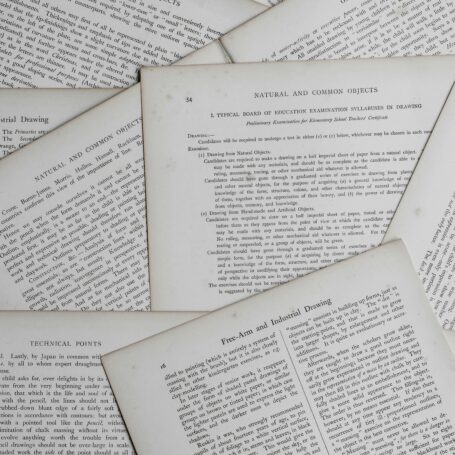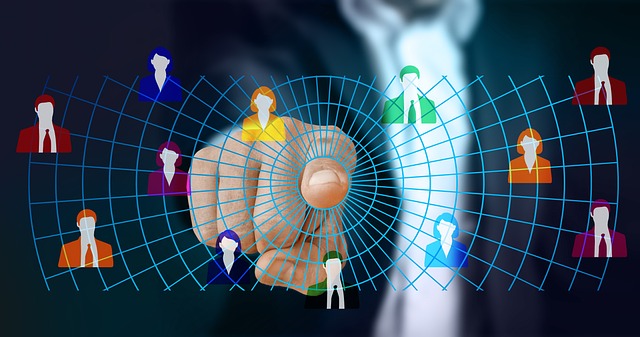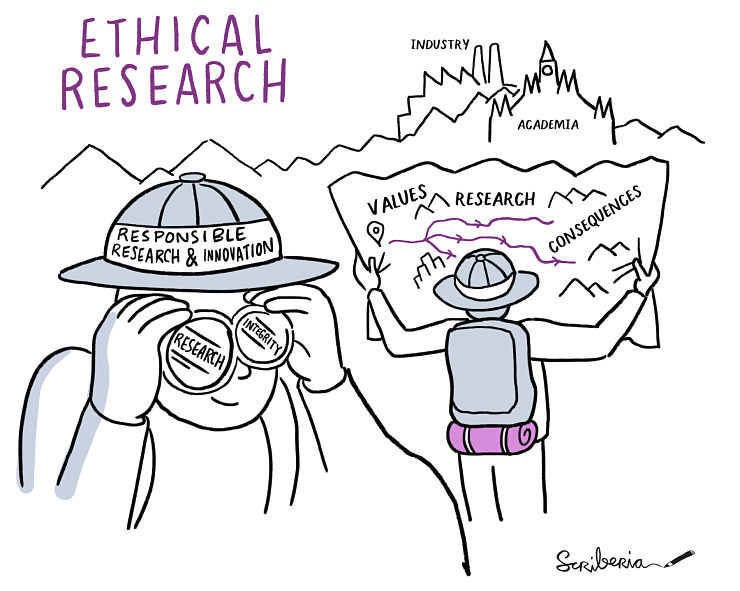 Research Ethics
Research Ethics Let’s Streamline Consent for Reasearch

I could have sworn I already filled out all these forms … (Photo: Kathleen Zarubin/Flickr/CC BY 2.0/
A year later the same producer contacts you again to ask if they can film again. You don’t hesitate. There is much less paperwork this time as you are already “in the system” and you are happy for your original paperwork to apply to the current filming. You trust the producer and have built up a good relationship with the team. You know they have your interests at heart. It all makes perfect sense. No alarm bells.
Now imagine this time, that it’s not your home that is being investigated, but your body, and instead of a production company doing the investigating, it is a team of researchers. You trust the researchers and you are more than happy for your samples and data to be used in future research plans by the same researcher; you would like to contribute as much as possible to help. However you are disappointed that when the time comes, there is no consideration of the fact that you are in the system.

This article by Juliette Harris originally appeared at The Conversation, a Social Science Space partner site, under the title “Consent to take part in research needs to be much easier”
Paperwork and big data
The last scenario is not so far from the truth. The current gold standard in research is that consent forms and paperwork must be completed for new studies and are not to be carried forward for future studies. This is not the choice of the researchers, but the rule laid down by research ethics committees, whose job it is to protect research volunteers by reviewing research proposals and making sure studies are conducted safely and appropriately.
The rule has been around for decades, from a time when studies were small and localized within each individual institution. However the internet and the digital age have spawned a whole new generation of researchers working with big data and in international collaborations. This means that researchers can increase the output of their work in collaboration (rather than in competition), ensuring that research data is used effectively and efficiently and that new discoveries and medical advances are made earlier.
Say a consent process takes up to 30 minutes every time a volunteer takes part in research, a busy research department overseeing over 1,000 research visits a year would spend around 500 hours of staff time and £15,000 a year on going through this. This wouldn’t include the amount of time, effort and cost it takes for new consent forms to be devised and approved.
No longer does the old narrow model of consent seem to fit in with this new age of maximizing research potential. Surely we can find new ways to increase research output by streamlining the consent process at the same time as still protecting research volunteers?
Streamlining the process
This point of view is supported by a recent study, published in PLOS ONE in which more than 2,000 research volunteers at the Department of Twin Research, King’s College London, completed a questionnaire about their preferences for the consent process in different scenarios. Nearly 60% of respondents, when asked about the use of their samples for future studies, were happy to take part under the terms of their original consent without being recontacted if it was the same researcher doing the study in the same field of research. However, only half this number felt the same way if a different researcher was to carry out the study.
It is evident then that building trust and creating relationships is what volunteers want as the mainstay of good research practice, not extra forms or excessive levels of data protection by researchers.
It’s now time for new models of consent and practice to be formulated, based on the preferences of volunteers that ensure their rights are protected but brings important scientific and medical discoveries to the fore.![]()





























































































